“Even in tough times life is not worth living, it’s worth remembering!”
My Life by Millard Porter Jr. (1922-2018)
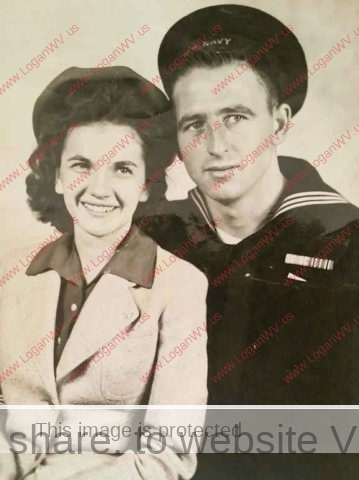
I was born August 26, 1922 in Chauncey, Logan County, a coal mining community in West Virginia. My parents were Millard Sr. (1887-1955) and Bessie Stewart (1898-1991). They had seven sons. Five served the USA in WWII.
Arthur (1914-1992), a graduate of LHS married Bonnie Blair. He worked for WV Coal and Coke in retail sales.
Harry (1917-1963), a graduate of LHS married Christine Hester. He worked for WV Coal and Coke in the engineering department. He became a mining safety director.
Raymond (1919-1927), died in Logan Hospital from pneumonia.
Billy Joe (1924-2011), a graduate of LHS married Doris. He worked as a baker in Logan. He and his wife also lived in Kentucky where they owned a furniture store and restaurant.
Charles Henry (1927-2010), we called him Todd, a graduate of LHS. He married Adelaide Browning. Todd was probably one of the best basketball players to play for LHS. He was a coal miner ’till he retired, then he owned a successful TV cable business. We made many trips together throughout our lives.
Jack Leroy (1934-2010), my half-brother. He married Peggy Meadows. He was a manager for Coca-Cola in Logan County. He also owned a flower shop and restaurant in Logan.
My father was a moonshiner and operated a still in Chauncey Holler with two other men. In 1927 three revenue men arrived at the still intending to shut it down. There was a gun battle and the three government men were killed. The next morning my father was arrested for the murders and he was convicted and sentenced to life in prison. His partners skipped town and were never heard from again.
My father’s imprisonment was a burden to the family because we were living in a home that was owned by the mining company. These homes had electricity but no running water. For sanitation we had an outhouse that we used year-round. I came down with typhoid fever and my mother and Grandmother Ida (1876-1931) held 24-hour vigil over me until the fever broke. It took about six weeks For me to make a full recovery.
At Christmas the only thing that we received was candy, nuts, and fruits as gifts which was normal for those living in coal mining towns.
My first four years of school were in two rooms in Chauncey. From the fifth to seventh grade, I went to Omar school. During this time I lived with my Uncle Rufus Livington, a preacher. My mother Bessie made all of us go to the Baptist Church every Sunday.
For weeks at a time, I would stay with my Uncle Frank Robinson. He and his wife had a milk cow so we had fresh butter and milk. We killed pigs every fall so we would have lots of pork to eat. They had a dog that helped us hunt wild animals. In the spring we would drive out to Harts Creek to pick blackberries by the bushel.
Uncle Henry Stewart lived close by. I got acquainted with the truck driver who salvaged scrap from the mine scrap piles and sold the scrap to the junk dealer. Even as a young boy, I was always looking for ways to make money. I stocked shelves at the mine’s company store and got paid in candy.
When I was 12 years old, I walked seven miles to swim in the river. I also learned to drive at that age. The grocery delivery man allowed me to drive his truck down a single-lane dirt road and deliver his groceries while he ate breakfast with some of his customers.
When I was in the eighth grade, at lunchtime we played basketball. One time things got a little rough between me and another kid. The Principal told us we had to settle our differences at the school assembly with a boxing match. We had to wear boxing gloves, which I had never worn and I lost that day. My opponent and I bumped into each other more than once around town and I didn’t lose in those encounters.
When I was in the ninth grade I went to Omar Jr. High School and I played football in the all-County team as a guard. The next school year I attended Logan Sr. High School but I wasn’t allowed to play football because I lived ten miles from the school and had no way home after practice.
During my years at LHS, I obtained a job at Number 5 Mines in Pine Creek. My job started at 9 pm at night and I worked till 5 am. I worked picking out Slate and foreign items. Later on the boss gave me a job cleaning all the dirt from the loading cars and lining them up to be loaded in the proper order. He then gave me a job helping out with repairs in the mine shop.
After my work shift, I went home, took a bath and went to school. I dropped out of school for one year in the 12th grade when my Mom found me in the bathtub asleep many a mornings.
One time during a July 4th they had a drawing for special prizes and I won a complete bedroom set. I still have that set and it looks as good as it did 75 years ago.
During the early years of my life the coal mine owners built a ballpark in Chauncey. Teams from all of the companies played there. Each team had a name and our team was Omar. West Virginia Coal and Coke sponsored our team. Some of our players were good enough to play pro ball. The ballpark was open all the time for kids and neighbors to use.
One day after the game I was looking under the bleachers and I found a five-dollar bill. I bought candy and paid for movie tickets to the Omar movie theater. We kids had a system where we bought a ticket for one guy, who then opened the exit door and let the rest of us in. I’m sure the movie owner knew what we were doing, but we thought we were really getting away with something.
The ballpark was built next to a creek that runs all year round. I would track foul balls that fell into the creek and sell them. I was, naturally, barefooted and cut my foot very deeply. By mining camp standards it wasn’t such a big deal. It bled a lot but I didn’t go to the doctor. To this day, I can still feel where the cut was and how it felt that day.
I always had cash in the winter when the mines were worked to supply coal for the winter months. The company had a system where if you needed money before payday, you could draw script. That way the miners were owned by the company. Because the miners worked basically only six months of the year, most of them needed to draw script and buy on credit. I would take my cash money and exchange it with the miners at a discount rate.
It was during my last year of high school that I met my future wife, Mary Tarkany (1920-2008). She was working at the five and dime in charge of the record department. She was a clerk and she would play records for me. Mary was a pretty girl and she was my first love. Like the song goes, I met a million-dollar baby at the five and dime store.
We got married on July 3, 1942, when the mines closed down for a week. I joined the US Navy the same year. I was sent to San Diego, California for my basic training, which was only for five weeks. Around December 1, 1942 I was assigned to a squadron that was on board the Copahee, a converted aircraft carrier that was refitted in Washington state.
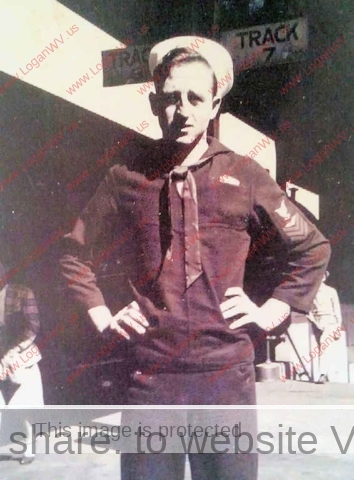
The Copahee was ordered to go to Pearl Harbor one year after the attack. While we were there, the squadron obtained orders from the captain of the aircraft carrier to take us to New Caledonia. The aircraft were flown on to Guadalcanal. As the captain of the ship hadn’t received any orders for our Squadron, he dumped us on the Island of New Caledonia and went on to San Diego without us. We were left with no provisions and had to scrounge for food, shelter, transportation and anything else that we needed to survive. We were there for five weeks. The ship’s captain, upon arriving in San Diego, was read the riot act by higher-ups and ordered to go back and pick us up. From that point, we were officially assigned to the Copahee.
As all military mail was censored, I made up a code to let Mary know when my ship would return to San Diego. Mary rented an apartment from a nice couple who lived where they had a good view of the ships arriving in San Diego. When we arrived in San Diego, the owners of the apartment would notify Mary that the ship was in port.
We would usually be at sea for about three months. When in port, I purchased a good supply of liquor, which I kept in an area of the ship under my watchful eye. The Marines in the ports we visited were a hard-drinking bunch and I would sell the liquor at about a 95% profit.
We cruised the South Pacific and I think that I’ve visited almost every island in the Pacific, as far as Brisbane, Australia. On that trip, we were caught in a typhoon. All the aircraft on the flight deck were destroyed. The wind was so strong, it almost caused the ship to sink. After that trip, we went to the dry dock in the San Francisco bay area near Vallejo for repairs and maintenance.
I was aboard ship for 30 months. When WWII ended, I had enough points to get out of the Navy. Our children are Jim born March 1, 1946 and Dan and David born April 11, 1947, they are not identical twins.
Going to college was one of my dreams. No one in my family had ever been to college. So after Jim was born we planned our trip to WVU. I first was tested to determine if I had to take bonehead English. I passed the test and got three units without taking the class. During my first semester in college, I took 16 units.
Going to college on the G.I. Bill was wonderful. Tuition and all supplies were furnished free. We received $ 90 from the fund and later it was increased to $ 125 a month. We only paid $25 for housing and all utilities.
It took me three years to get my engineering degree. I graduated from WVU in 1949. During that time I had a chance to be interviewed by a job recruiter. I chose to work for Island Creek Coal Company when I finished my senior year at WVU. Between my junior and senior years the company let me work 90 days.
I also got a job in the fall working as a janitor at the university high school. I kept this job until I finished my degree. When I started my job with Island Creek Coal Company they had a three-bedroom home for us in Cora. After working for them for six months, I and Mary talked it over about my looking for another job. I thought I was overqualified for it.
I called an engineering friend who graduated with me at WVU, who lived in California and I sent the company he was working for my resume. The company Summers Gyroscope made an offer to hire me, so off to California we went. But after a year, they laid me off and I got a better job with the Bendix company.
I can say there were difficult events in my life but I enjoyed my life. I’m still on the go.
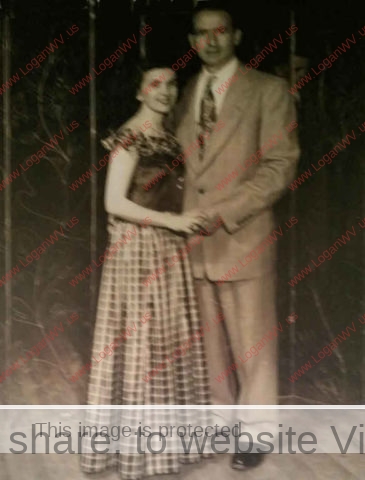
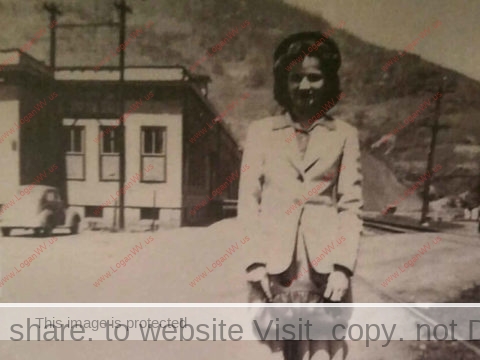
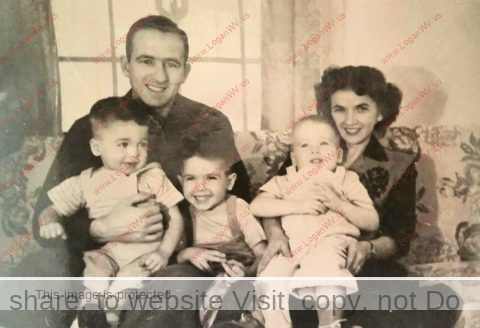
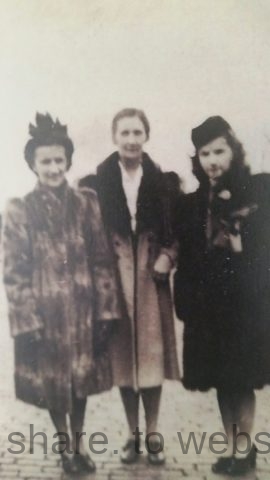
Related links:
Chauncey Hollow Triple Killing, August 1927 – Millard Porter, Sr. was with the slayers but was unarmed. He was as given a life sentence, but the indictments of the actual murderers were dropped.
Another wonderful example how a poor from the coal fields of logan county overcame the hardships and achieved his goals in life.
Love your story, I always love history. I know alot about N.C. but not so much here for I am new to the area. I enjoyed your story.
Wanda, glad that you enjoyed the story.
Millard Porter passed away February 23, 2018.
My great-grandfather was Ed Hensley. I appreciate you sharing your story.
The Porter family asked me to express their thanks. Millard Porter, Jr. had his 95th birthday on Aug. 26th.
Uncle Millard I loved this I never knew any of this grandfather never talked about it thank u for this
Thank you for this enjoyed. My mom and Bessie Stewart were first cousins, James Stewart was my GPA.mom often spoke of Ida, she loved her.would love to see a picture of Ida and Joe.
Shirley, familysearch.org shows the
Stewart family. Shows a Henry.
Anywho.com lists a Henry & Tina
Stewart & phone # living in Logan.
Also lists many Porter people living
in Logan.You might call them to
see if they have the photo that you
are seeking.
Hi Millard, I have searched for years on this, my grandfather was Isom Curry, which I am not proud of, I would love for us to get together and talk about this.
I really enjoyed reading your life story. May God bless and keep you. Dolores Davis
This is a wonderful memoir! Thank you for sharing it with us.